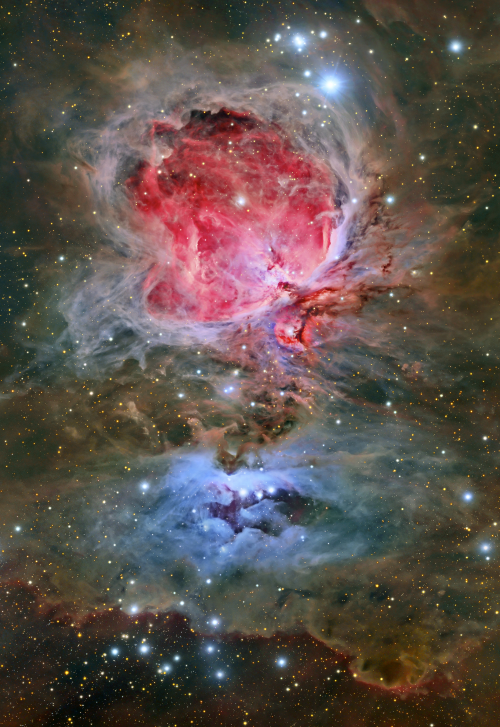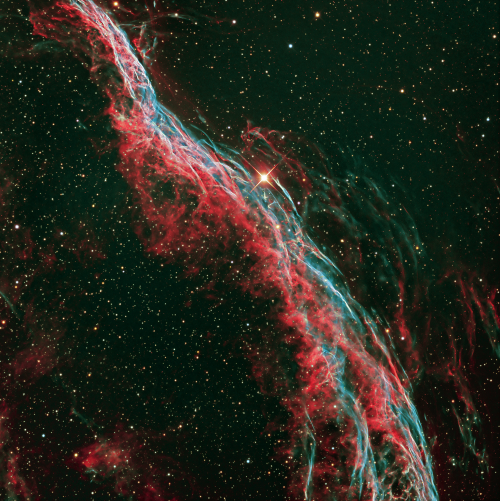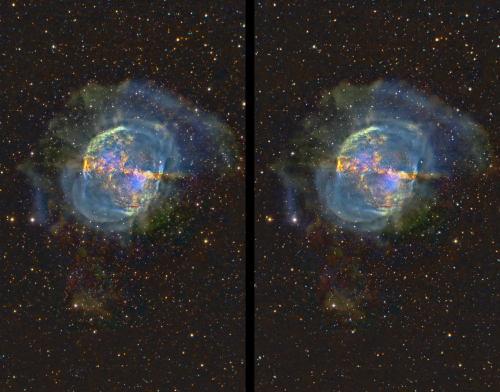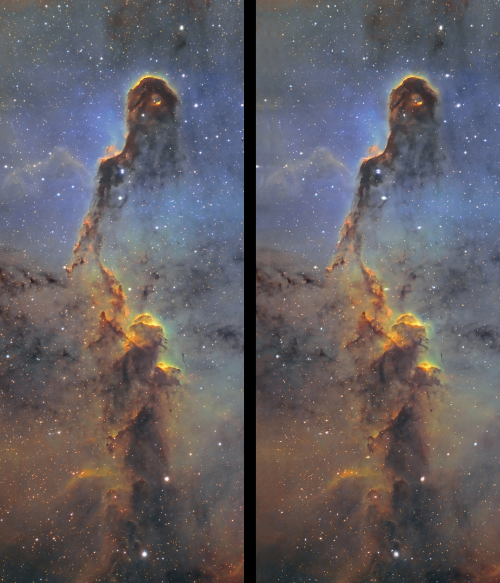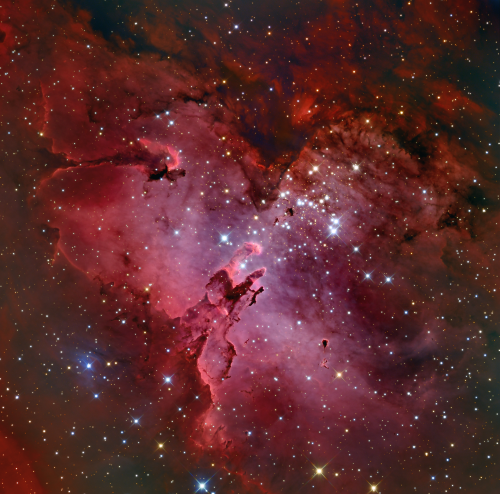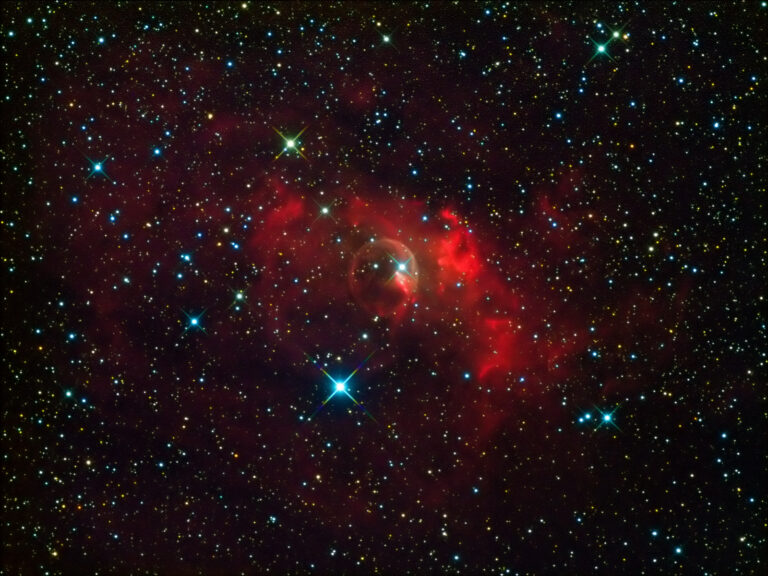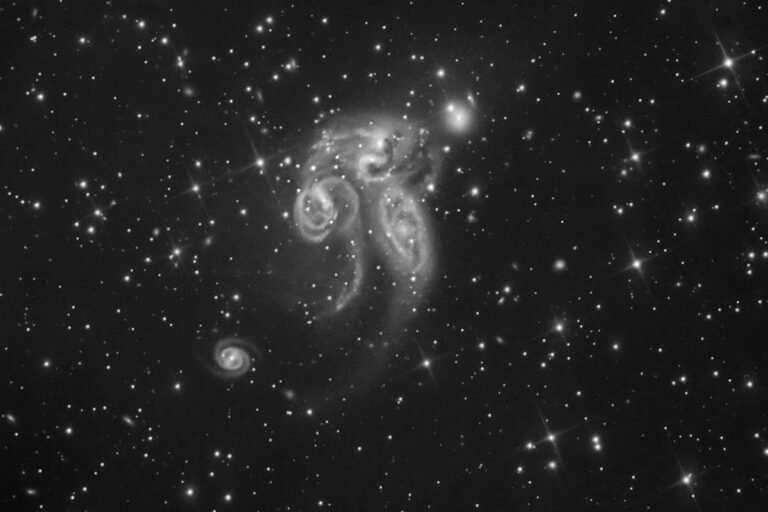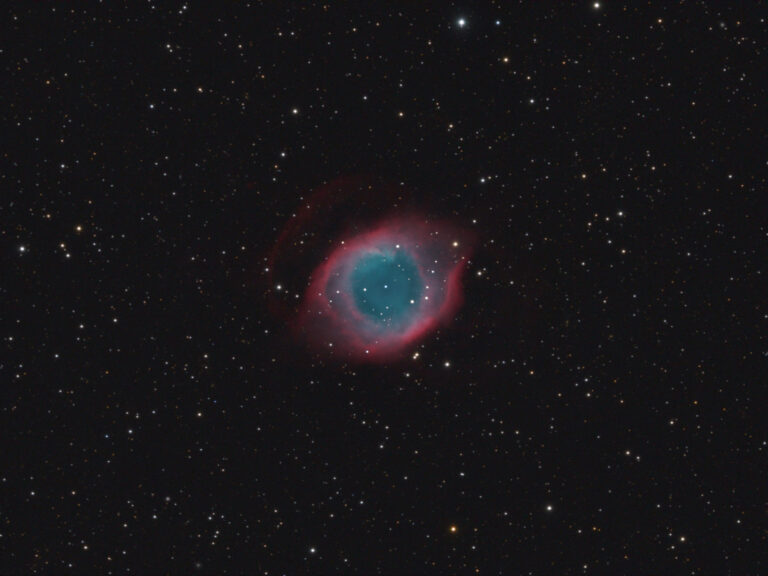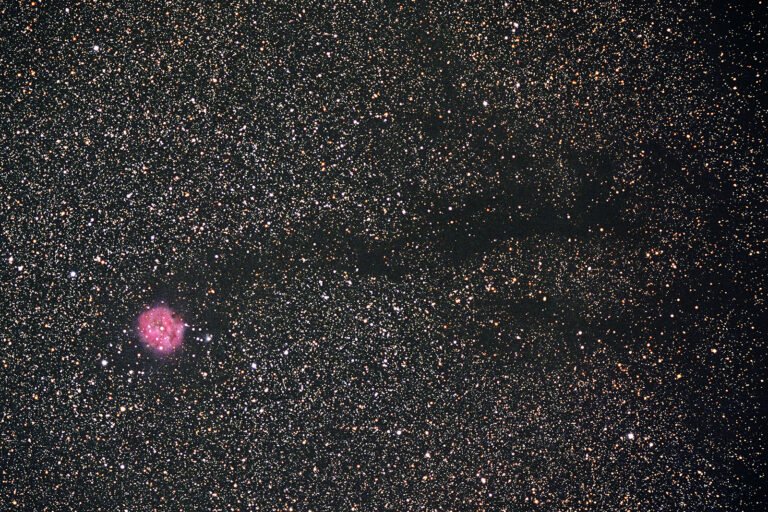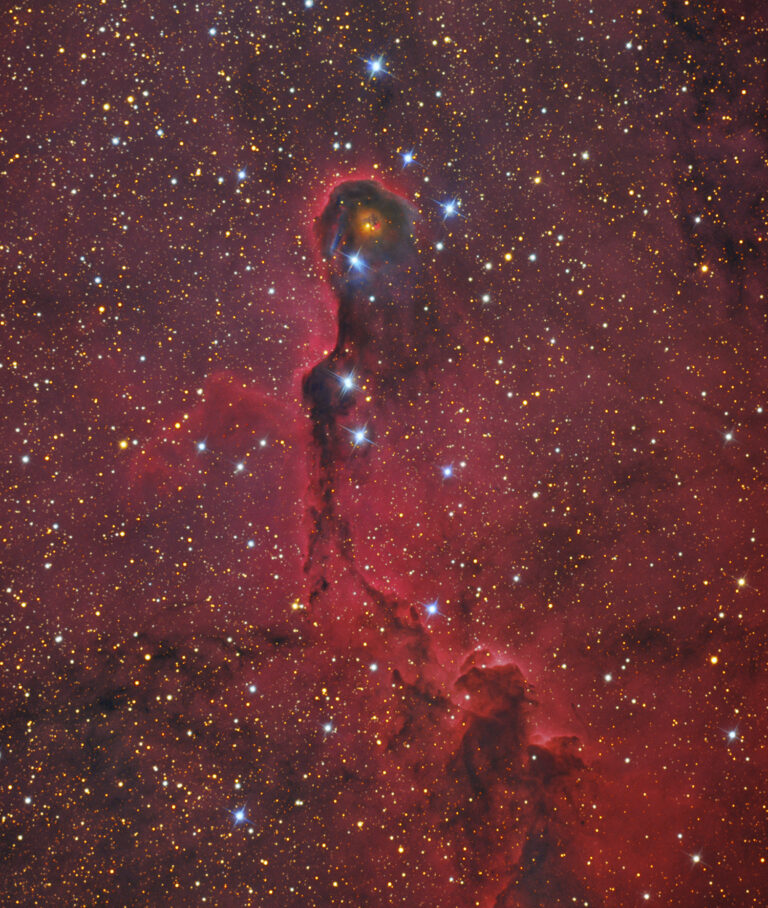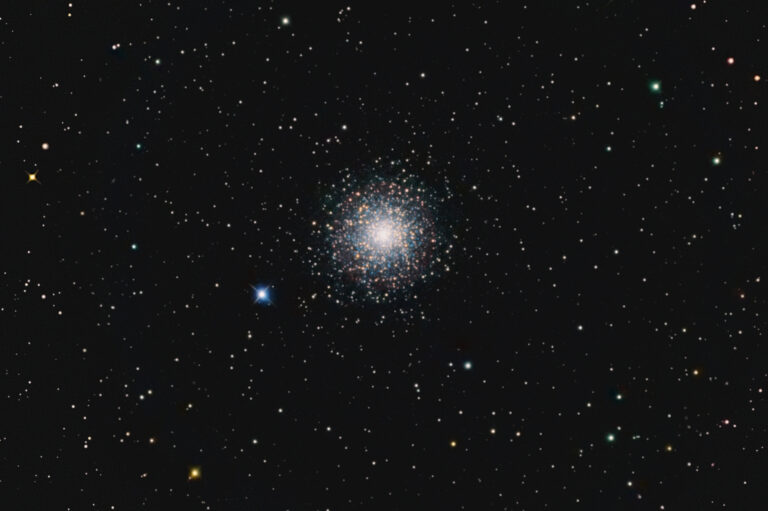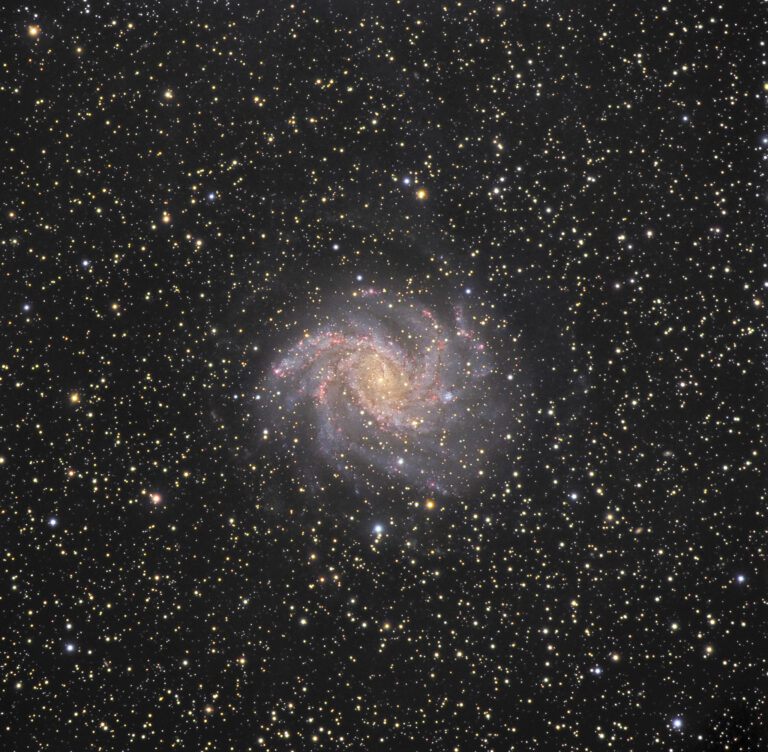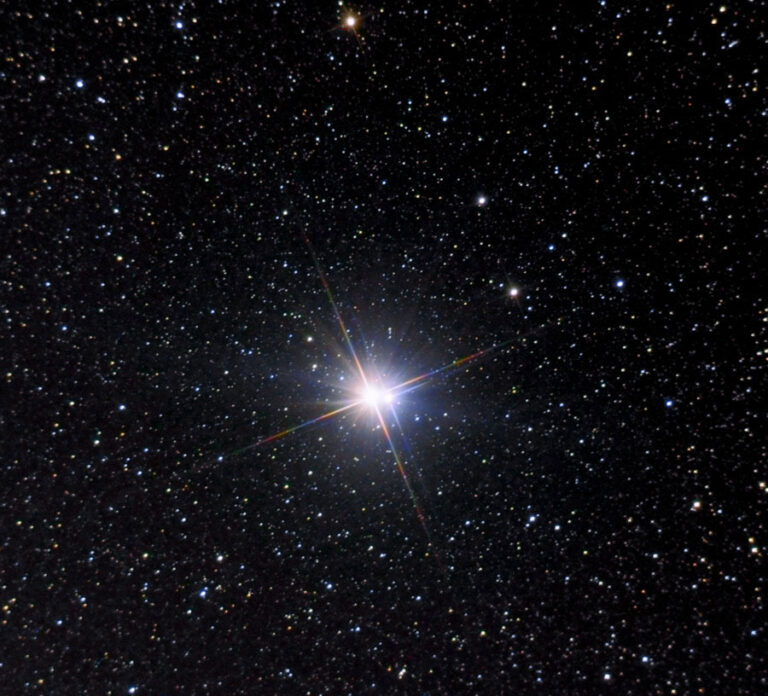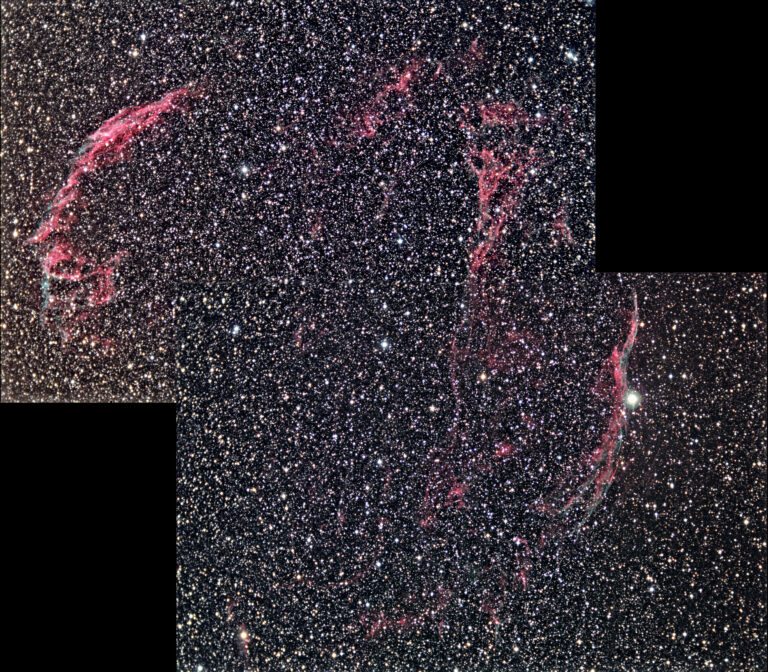Key Takeaways:
- Nebulae, diverse cosmic clouds, serve as stellar nurseries for star formation, driven by gravity, or represent remnants of stellar evolution such as supernova explosions and planetary nebulae.
- All chemical elements, foundational to the cosmos and biological life, originated from Big Bang nucleosynthesis and various stellar processes, including fusion within stars, supernovae, and merging neutron stars.
- The uniformity of chemistry and physics across the cosmos, demonstrable through techniques like spectroscopy, enables the understanding of celestial objects and the formation of matter, from elements to minerals.
- The expanding universe, abundant with billions of galaxies and stars, each potentially hosting planetary systems, underscores the profound astronomical questions regarding humanity's cosmic origins and the potential for extraterrestrial life.
I’m not talking about magic the way you might think. The universe is not a supernatural place. It’s not full of tricks. There are no violations of the natural order of the cosmos, no validity in amulets, curses, spells, miracles, or occultism.
Rather, the universe is a place dominated by natural magic — by nature’s own laws that make it an amazing wonder in itself. The truth about the universe is far stranger and more incredible than the petty imaginary stories we concoct every day on our little blue planet Earth.
The universe’s building blocks
Consider the very stuff you’re made from, for example. The average human has 7 octillion atoms in their body. That’s 7 times 10 to the 27th power. Put another way, it’s 7 billion billion billion atoms. Suffice to say, it’s a lot. These very same atoms were created in the early stages of the universe or in the bellies of exploding stars long ago. As the great astronomer Carl Sagan said, “The nitrogen in our DNA, the calcium in our teeth, the iron in our blood, the carbon in our apple pies were made in the interiors of collapsing stars. We are made of starstuff.”
Right now, you have at least traces of 60 chemical elements within you. By mass, oxygen is the most abundant; carbon follows second, and then hydrogen and nitrogen. But you also have heavier elements such as calcium, phosphorus, potassium, sulfur, sodium, chlorine, and magnesium. And, yes, you even have naturally occurring radioactive elements within you — again, all natural.
The elements, of course, are the basic atomic building blocks of the cosmos, from which all normal matter is composed. Consider, just for a moment, our discovery and understanding of them. Organized by their properties in the periodic table, the 118 known elements display a wide range of characteristics. The Russian chemist Dmitri Mendeleev created the first detailed periodic table in 1869 to understand and organize the elements. The first 94 elements occur naturally, and the last 24 have been synthesized in labs or nuclear reactors but are not yet observed in nature.
By 6000 b.c., humans were also smelting and using lead and gold. Silver and iron came next, before 5000 b.c. By the time of the Egyptians, alchemists had discovered carbon. The smelting of tin by 3500 b.c. led to the Bronze Age, combining tin with copper to fashion the hardy alloy that gave the epoch its name.
Important elements have been found in modern times, too. Hydrogen, the most abundant element, was discovered by the English natural philosopher Henry Cavendish in 1766. The Swedish-German chemist Carl Wilhelm Scheele uncovered a variety of elements during the 1770s, including oxygen, chlorine, manganese, and tungsten. (The English natural philosopher Joseph Priestley and French chemist Antoine Lavoisier also discovered oxygen at about the same time.)
So, where did the elements that make up our stars, our planets, and even us, come from? The creation of the first atomic nuclei took place immediately following the Big Bang itself, the origin of the universe some 13.8 billion years ago. That process, called Big Bang nucleosynthesis, created mostly hydrogen, deuterium (an isotope of hydrogen), and helium, with trace amounts of other elements like lithium.
The cosmic origins of the elements, then, are varied. About two dozen elements originate from dying low-mass stars. These include carbon, nitrogen, strontium, and tin. Another two dozen or so elements come mostly from supernovae. These include oxygen, potassium, sodium, arsenic, and aluminum. Two elements arise from cosmic ray fission — when energetic particles from space impact Earth’s atmosphere and surface. This process creates boron and beryllium.
About another two dozen elements are created largely from merging neutron stars — the clashes of super-dense, dying stellar remnants made mostly of packed neutrons. These include iodine, xenon, cesium, platinum, and gold. And a small number of elements are created, or at least can be created, by exploding white dwarf stars, the final, decayed ultra-dense remnants of stars like the Sun. These include titanium, vanadium, chromium, manganese, iron, and nickel.
These are incredible facts to ponder as you walk out under a starry sky on a clear, moonless night. Look deep toward the shimmering glow of the Milky Way, and you’ll see many twinkling stars and the unresolved light from millions more that make up the hazy band running across our sky. That oldest of all human questions — “Why am I here?” — actually has an answer. You’re here because atoms created in the Big Bang and in the bellies of stars have recombined in a way to make you, billions of years after their creation — with a big thank you to your parents as well.
The story of the stars
The story of elements in nature, of why we are here, of our cosmic roots, is strongly tied to the story of stars in our galaxy and universe. And that means exploring the lives of stars, how stars come to be, what happens during their lifetimes, and how they, too — like humans — eventually die. We may not all know it, but we are part of the biggest recycling program that exists: the birth, life, and death of stars.
Stars are born in great clouds of gas called nebulae. The word nebula comes from Latin and means “cloud” or “fog.” These clouds exist between the stars and consist of mostly hydrogen and helium, along with some other gases. They are typically ionized, meaning they are excited — energized — by hot stars inside and nearby them, which causes these clouds to glow. Thankfully, because of this process, we can see nebulae from very large distances, across our galaxy and even in other nearby galaxies. Interstellar clouds also contain various amounts of dust. Astronomers believe these veils of dust in the universe were formed in supernova explosions.
Observations of the universe have shown that not only is the cosmos expanding, as we have known for more than a century, but that the universal expansion also is accelerating over time.
On large scales, everything is moving away from everything else, and the universe is getting bigger. But various forces are at work in the universe. One of the most important, the very force that keeps us on Earth’s surface, is gravity. The attraction of gravity means that even though the universe is expanding, things that are near each other are drawn together because of their mass. Galaxies close to each other can merge together as one. It also means that new stars can be born, as gravity causes the gas and dust in nebulae to condense into smaller volumes. As this process occurs, enough hydrogen, helium, and other elements are compressed so that a critical mass is reached, and a new nuclear fusion reactor — a star — is born.
This is an important story to understand and appreciate, because it truly allows us to see where we came from and why we’re here on a planet orbiting one rather ordinary star in the Milky Way. To understand the universe is paramount for the billions alive now, but it’s also vital to spread this knowledge for the unborn billions to come.
Exploring the world of nebulae offers an eye-opening understanding of the cosmos at large. We’re able to understand a great deal about the universe because of chemistry. Specifically, spectroscopy is a vital and powerful tool for astrophysicists. By carefully analyzing the spectra, or patterns of light, from various objects, astronomers can understand the chemistry of the target they’re looking at. Countless millions of spectral observations of stars, planets, galaxies, and so on have demonstrated that chemistry is uniform throughout the cosmos. That is, it works the same way in a galaxy 10 billion light-years away as it does in your backyard. And that’s a crucially important fact that astronomers use to understand how the universe works.
Chemistry all around us
Chemistry is everywhere in the cosmos. All matter that exists in the universe is made of chemicals. The only thing we experience every day that’s not made of chemicals is thought — but our thoughts are themselves byproducts of chemical interactions within the brain.
Let’s step away from ourselves for a moment to consider how matter goes together. Again, there’s no magic involved in the way the universe assembles things. Consider some of the most abundant objects on our planet: rocks and minerals. There’s no randomness here, nor any magical behind-the-scenes thought or preordained control. A simple pyrite crystal builds itself when iron and sulfur atoms are in solution in the right abundances. The atoms are electrochemically attracted to each other, and they assemble in a lattice in just the right way to create a crystal. The more solution that’s available, the larger the crystal can grow. The same is true of the whole spectrum of about 5,400 known minerals, including emeralds, diamonds, quartz, garnets, wulfenite, rhodochrosite, and many others.
Holding a mineral specimen in your hand can be a special experience because of what spectroscopy tells us. From that technique, as stated, we know that chemistry and physics are consistent throughout the universe. Temperatures, pressures, and many other local conditions could be wildly variable, but countless other worlds throughout our galaxy and the universe might contain minerals very much like the ones we have on Earth. So, mineral specimens give us a window into faraway worlds that we will never see up close.
We’ve known about our own planetary system since ancient times, of course, when ancient skywatchers named the naked-eye planets after gods because they had the power to move night to night relative to the fixed stars. We’ve been all the way through the discovery of Pluto in 1930 and its demotion to dwarf planet in 2006, and understand the huge population of smaller bodies in our solar system: dwarf planets, Kuiper Belt objects, comets, and asteroids. They are almost countless, and many thousands are cataloged and named.
Only in recent times have astronomers had the power to discover planets orbiting stars other than the Sun. Technological advances in telescopes and observing methods brought the first confirmed discovery of an exoplanet — shorthand for extrasolar planet — in 1992. As of January 2020, we now know of about 4,100 exoplanets in more than 3,000 systems, and astronomers have only reached out to relatively nearby space in our galaxy.
Because of the difficulty of detecting planets orbiting stars from enormous distances, many of these planets are massive, so-called “hot Jupiters” that are relatively close to their suns. The most productive planet-hunting instrument was the Kepler Space Telescope, which trailed Earth in its orbit around the Sun and cataloged exoplanets from 2009 through 2018. This magnificent telescope studied a relatively small area of sky and found more than 2,600 of the roughly 4,100 known exoplanets. A newer telescope, TESS, was launched in 2018 and has begun another epoch of exoplanet detection.
As we look out into the galaxy surrounding our solar system, it’s not surprising to see lots of nearby planetary systems. Astrophysicists believe that stars form as cosmic clouds — nebular stellar nurseries — collapse and stars wink on inside them. The leftover detritus from the collapse, swirling slowly around the infant suns, make a cadre of planets and smaller bodies surrounding the new star.
We just don’t yet know. The numbers are staggering. By taking very deep exposures of small areas of sky with the Hubble Space Telescope, astronomers have estimated that something like 100 billion galaxies must exist in the universe. And that’s in the visible universe, which may not represent the whole universe that exists. But for simplicity’s sake, let’s say that it does. Let’s say that an average galaxy contains 100 billion stars, as many dwarfs are smaller than our galaxy. Multiplying that out gives us the approximate number of stars in the universe as something like 10,000 billion billion. That’s an awful lot of stars.
Is it possible that our little blue planet Earth is the only place in the entire universe with life? Or with a civilization? It would seem almost completely unbelievable. Our whole heritage of discovery in astronomy has commenced with Earth being at the center of everything, the most special place there is, and finding out how disastrously wrong that idea is. Now we know that chemistry is uniform throughout the cosmos, and that complex organics, the stuff of life, exist in all manner of places out in space.
And yet we know, thus far, of just one planet in the cosmos that hosts life: ours. The story of nebulae, these cosmic clouds, can lead us on an exciting exploration of all these questions, of why we’re here on a watery little world, how we got to be where we are, and what the universe holds at large. After all, the very atoms that make up our bodies were born in the Big Bang and in the explosions of massive stars. We are indeed children of the cosmos.
Explore from home
Cosmic Clouds 3-D: Where Stars Are Born by David J. Eicher, Creative Director Brian May, and 3D images by J.-P. Metsävainio, presents a new and unique story of the life cycles of stars and nebular clouds, where they are born, and how they die.
This visually amazing volume, with text and 3D images, takes readers inside the birthplaces of stars — the cosmic clouds called nebulae. Seen in the night sky, they glow, energized by the new stars within and around them. Cosmic Clouds 3-D offers hundreds of magnificent images of nebulae captured by ground-based and space telescopes. Along with the high-resolution views of nebulae are unique stereo views that show the nebulae in three dimensions.
The story of elements in nature, of why we are here, and of our cosmic roots, is strongly tied to the story of stars in our galaxy and universe. And that means exploring the lives of stars, how stars come to be, what happens during their lifetimes, and how they, too — like humans — eventually die. We may not all know it, but we are part of the biggest recycling program that exists — the birth, life, and death of stars.
This is a detailed story, and we aim to share it with you in this unique book. You’ll learn about many aspects of the universe as you travel through the tale of cosmic clouds. Our tale involves detours of science, history, and maybe even a bit of philosophy.
A 3D viewer, designed by astrophysicist (and lead guitarist with the rock group Queen) Brian May, is included with the book.
This story is adapted from Cosmic Clouds 3-D: Where Stars Are Born, by David J. Eicher, Creative Director Brian May, and 3D images by J.-P. Metsävainio, © 2020 by London Stereoscopic Co. and MIT Press, Boston.


